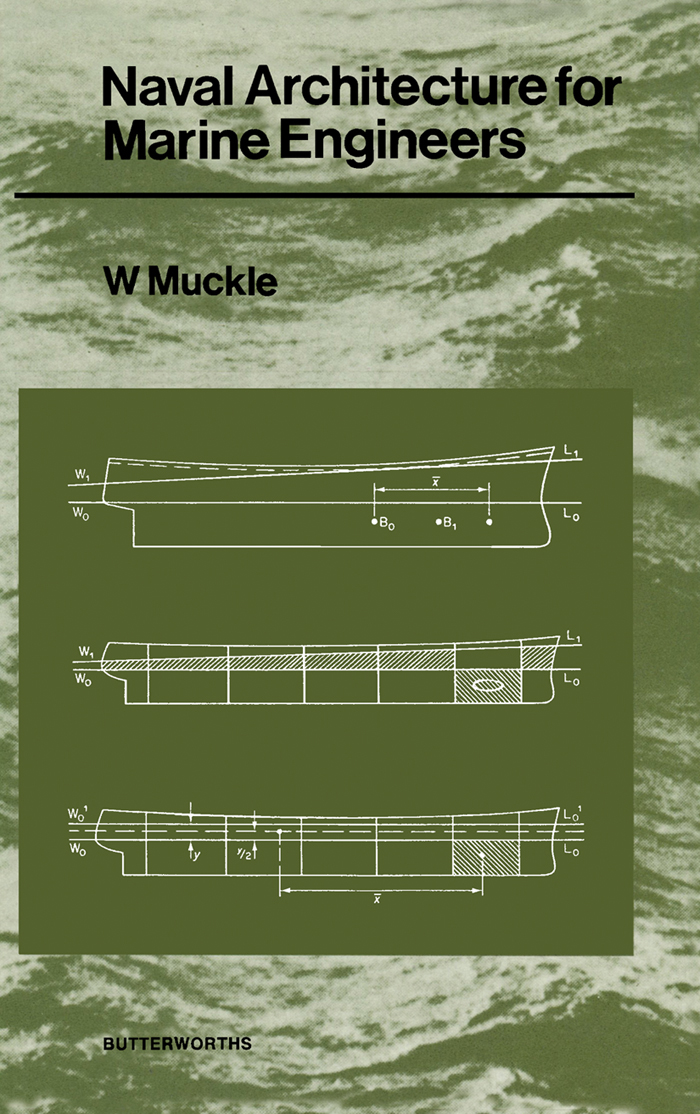- 中图分类号: U6
- 语种: ENG
- 出版信息: Butterworth-Heinemann_RM 2013 416页
- EISBN: 9781483102535
- PISBN-P: 9780408001694
- 原文访问地址:
KG评星
知识图谱评星,是一种基于用户使用的评价体系,综合图书的评论数量、引文数量、Amazon评分以及图谱网络中节点的PageRank值(即考虑相邻节点数量和重要性)等多种因素计算而得出的评价数值。星级越高,推荐值越高。CAT核心级
核心学术资源(CAR)项目作为教图公司推出的一项知识型服务,旨在打造一套科学、有效的图书评价体系,并协助用户制定相应的馆藏建设方案。CAR项目调查和分析12所世界一流大学的藏书数据,以收藏学校的数量确定书目的核心级,核心级越高,代表书目的馆藏价值越高。选取核心级在三级以上,即三校以上共藏的图书作为核心书目(CAT)。Naval Architecture for Marine Engineers focuses on resistance, propulsion, and vibration aspects of ships. The book first discusses the functions, layouts, and types of ships and terms used. The text looks at classification societies and governmental authorities influential on the design, construction, and safety of ships. Lloyd's Register of Shipping; governmental authorities; and Inter-governmental Maritime Consultative Organization (IMCO) are noted. The book also highlights ship calculations, including trapezoidal rule, Simpson's rule, and other rules for calculation. The text discusses as well the buoyancy, stability, and trim. Conditions for equilibrium of body floating in still water; calculation of underwater volume; stability at large angle of inclination; and flooding and damaged stability are considered. The selection also underscores structural strength of ships. Static forces on a ship in still water; dynamic longitudinal strength problem; resistance of ship to buckling; and materials used in ships are noted. The text also looks at resistance, powering, vibration, and propulsion of ships. The book is a vital source of data for readers interested in naval architecture.







 京公网安备 11010602104826号
京公网安备 11010602104826号
